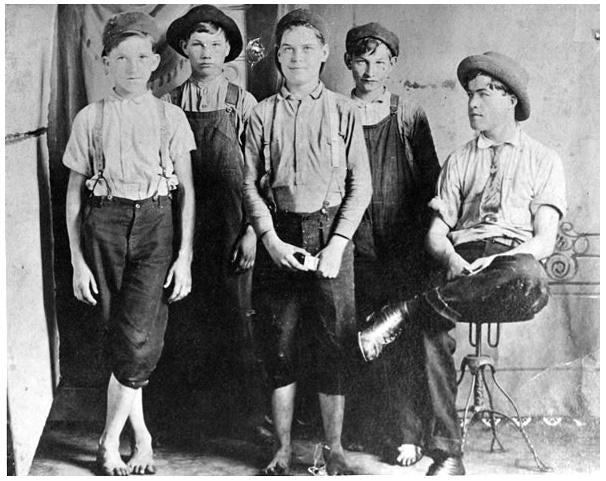
History of Doffing
A word often heard on the weave room floor is the word “doffing.” The origin of this old English word goes back to the 14th century and was actually a contraction of the two words “do off.” According to Johnson’s dictionary published in 1755, the word was “obsolete and rarely used, except by rustics.” The term was often used when referring to an article of clothing, and more specifically a hat. To “doff one’s hat” meant to remove it, and the antonym “don” meant to replace the hat on one’s head (contraction of the words “do on”). Although this word almost became lost in time, it came back into vogue thanks to Sir Walter Scott, author of works like Ivanhoe, Rob Roy, and The Lady of the Lake. The popular Scottish author used these words frequently, and he and his readers kept doff and don alive.
Doffing in textiles refers to the removal of a bolt of fabric once a specific pattern has completed its run, or once a full roll of fabric has been achieved. In the early days of textiles, this job was often done by children as young as 8 years old! It required little technical skill, and was the perfect job for those newcomers to the textile mills. The photo below was titled, “Man with Doffers” and was taken at the Cliffside Mills in Rutherford County around 1910. As you can see, these boys appear to be around 12 to 14 years old. Doffing is still a vital part of textile production, insuring the looms can continue to weave without “down time.”

Comments
Leave a comment